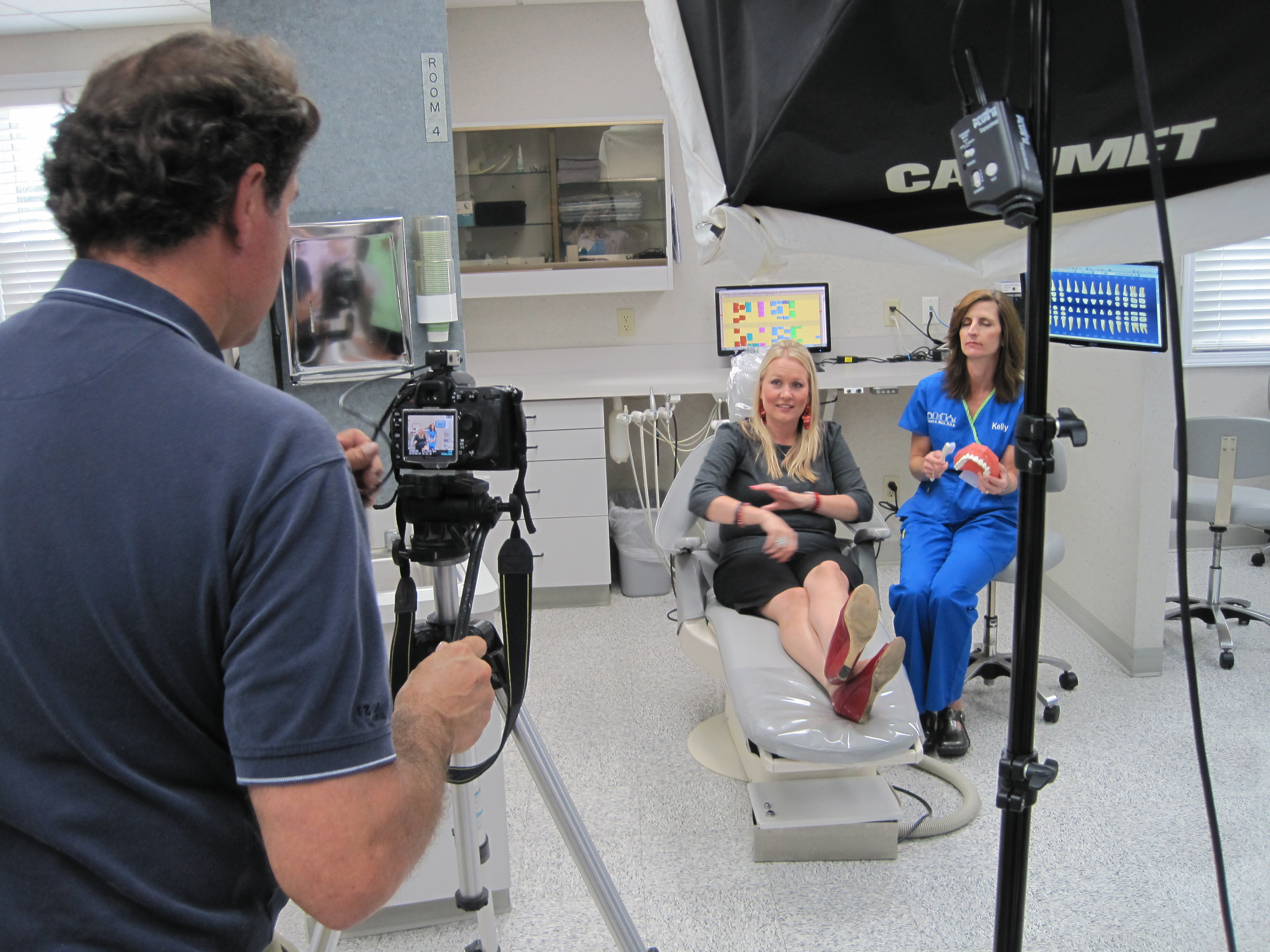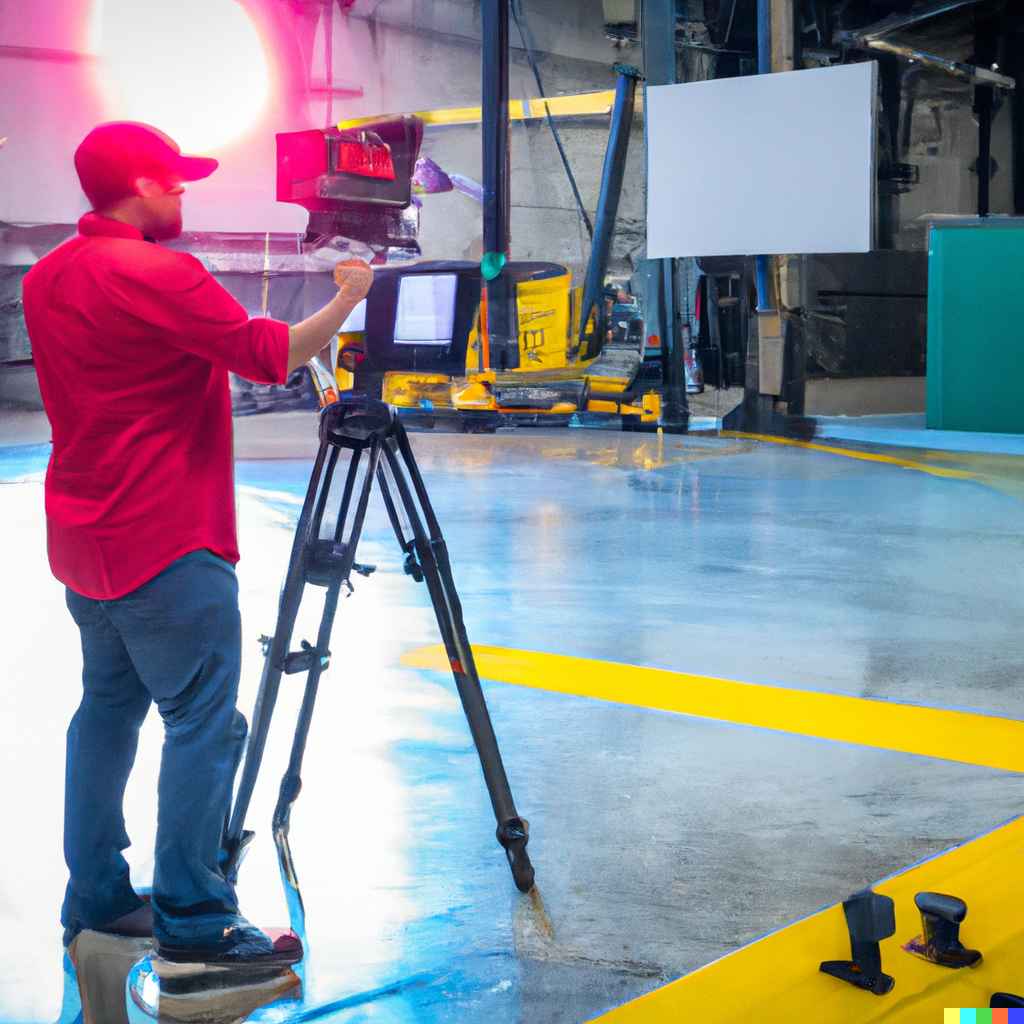Understanding the Art and Science Behind Perfectly Exposed Photographs
As professional photographers at St Louis Professional Photographers, we often get questions from both beginners and enthusiasts about various aspects of photography. One of the fundamental concepts that every photographer must grasp is “exposure.” Understanding exposure is crucial because it directly impacts the outcome of your photographs, whether you’re shooting portraits, landscapes, or any other subject. In this comprehensive guide, we’ll explore what exposure is, its components, and how you can achieve perfectly exposed photographs in different lighting conditions.
What is Exposure?
In simple terms, exposure in photography refers to the amount of light that reaches the camera’s sensor or film when you take a picture. It is determined by three key components:
- Aperture: The aperture is the opening in the lens that allows light to pass through. It is measured in f-stops, and a lower f-stop (e.g., f/2.8) means a larger aperture and more light entering the camera. Conversely, a higher f-stop (e.g., f/16) indicates a smaller aperture and less light.
- Shutter Speed: Shutter speed is the amount of time the camera’s shutter remains open to expose the sensor to light. Faster shutter speeds (e.g., 1/1000 sec) allow less light, while slower shutter speeds (e.g., 1/30 sec) permit more light to reach the sensor.
- ISO: ISO represents the sensitivity of the camera’s sensor to light. A low ISO value (e.g., ISO 100) is less sensitive to light and is ideal for bright conditions. On the other hand, a high ISO value (e.g., ISO 3200) makes the sensor more sensitive and is suitable for low-light situations.
The Exposure Triangle
To achieve the perfect exposure, you must balance these three components effectively. They are commonly referred to as the “exposure triangle.” Understanding how changes in one component impact the others is essential for creating well-exposed photographs.
- Increasing Aperture (Lower f-stop): A wider aperture allows more light to enter, which brightens the image. However, it also reduces the depth of field, making the background more blurred.
- Decreasing Aperture (Higher f-stop): A smaller aperture limits the amount of light, resulting in a darker image. However, it increases the depth of field, making both the foreground and background appear sharper.
- Increasing Shutter Speed: Faster shutter speeds reduce the amount of light hitting the sensor, leading to a darker image. However, they freeze fast-moving subjects, preventing motion blur.
- Decreasing Shutter Speed: Slower shutter speeds allow more light to reach the sensor, resulting in a brighter image. However, they can cause motion blur, especially when photographing moving subjects.
- Increasing ISO: Raising the ISO increases the camera’s sensitivity to light, brightening the image. However, higher ISO values can introduce noise or graininess, reducing image quality.
- Decreasing ISO: Lowering the ISO reduces the camera’s sensitivity to light, resulting in a darker image. It’s best to use lower ISO values when shooting in well-lit conditions.
Metering Modes
To achieve accurate exposure, modern cameras use various metering modes to measure the amount of light in a scene. The three common metering modes are:
- Evaluative (Matrix) Metering: This mode assesses the entire scene’s lighting and gives priority to the subject in focus. It’s ideal for balanced lighting conditions.
- Center-Weighted Average Metering: The metering is focused on the center of the frame, making it suitable for subjects placed in the middle of the composition.
- Spot Metering: Spot metering measures the light at a specific spot, typically the center of the frame or the focus point. It’s perfect for high-contrast scenes, ensuring proper exposure on the main subject.





Understanding Exposure in Different Lighting Conditions
Exposure can be a challenge when dealing with various lighting situations. Let’s explore how to tackle exposure in different scenarios:
1. Daylight and Sunny Conditions
On a bright and sunny day, you have an abundance of light available. To avoid overexposing the image, use a lower ISO, faster shutter speed, and a higher f-stop number (e.g., f/16). This combination will help you capture sharp and well-exposed images, even under the harsh sunlight.
2. Low-Light and Night Photography
In low-light conditions, increasing the ISO is essential to brighten the image. However, be mindful of using too high an ISO, as it can introduce noise. Use a wider aperture (e.g., f/2.8) and a slower shutter speed (e.g., 1/30 sec or slower) to allow more light into the camera.
3. Backlit Scenes
Backlit scenes can be challenging to expose correctly since the main subject is often in shadow. To balance the exposure, use spot metering on the subject’s face, or use exposure compensation to brighten the overall image.
4. High-Contrast Scenes
High-contrast scenes, with both bright highlights and deep shadows, can trick the camera’s metering. Consider using bracketing or HDR (High Dynamic Range) techniques to capture details in both the highlights and shadows.
The Importance of Proper Exposure
Understanding exposure is crucial because it directly affects the quality and impact of your photographs. An overexposed image will lack detail in bright areas, while an underexposed one will lack detail in the shadows. Properly exposed images, on the other hand, strike a balance between the two, ensuring that the subject’s details are clear and visible.
Exposure and Artistic Expression
While achieving a technically correct exposure is important, artistic expression often involves breaking the rules. Creative photographers may intentionally overexpose or underexpose images to convey mood, emotion, or emphasize certain elements. Experimenting with exposure settings can lead to stunning and unique visual effects.
How St Louis Professional Photographers Can Help
As an experienced commercial photography company, St Louis Professional Photographers understands the critical role of exposure in capturing compelling images for branding and business marketing communications. We specialize in all aspects of location and studio photography for multimedia productions. Whether you need professional headshots, product photography, event coverage, or architectural shots, our team of skilled photographers can deliver stunning visuals that resonate with your target audience.
Our portfolio showcases hundreds of successful photography productions for businesses and events of all sizes in the St. Louis region. With a keen eye for detail and a deep understanding of exposure and lighting, we create images that communicate your brand’s message effectively.
Don’t miss the opportunity to elevate your branding and marketing efforts with our expert photography services.
Contact us today
314-913-5626
